Standardizing obstetrics and gynecology education while promoting patient safety
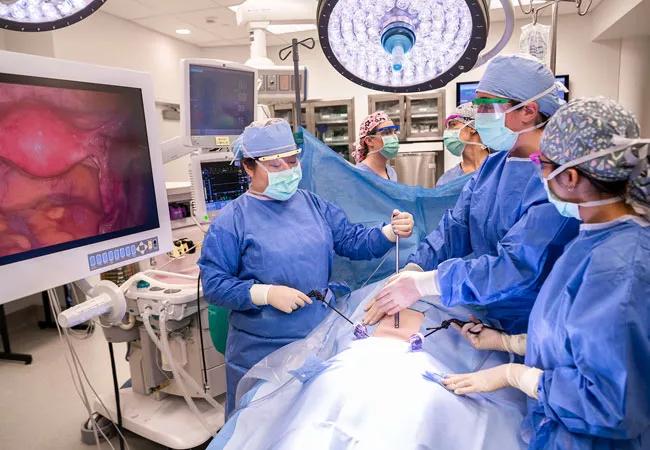
By Erin Higgins, MD, Cara King, DO, and Vicki Reed, MD
Advertisement
Cleveland Clinic is a non-profit academic medical center. Advertising on our site helps support our mission. We do not endorse non-Cleveland Clinic products or services. Policy
Simulation itself is nothing new in obstetrics and gynecology. In fact, as a learning modality, simulation has a rich history spanning several centuries. However, advances in computing and electronics in the recent past have led to the development of high-tech mannequins that simulate interactions with patients. These advances, combined with decreasing work hours and an ever-increasing list of procedures to learn have contributed to the integration of simulation into undergraduate and graduate medical education.
Simulation is essentially any skills practice outside of patient care. Lower fidelity simulations might be as simple as learning how to suture on a suture board. Skills-based simulation training also allows learners to practice procedures such as laparoscopy, endometrial or vulvar biopsies and forceps delivery. Larger, team-based drills can simulate high acuity, low frequency events in obstetrics and gynecologic surgery, such as a maternal code, eclampsia and intraoperative hemorrhage.
While high fidelity models are great at simulating real-world situations, they aren’t always necessary to teach procedural skills. Attaining these skills requires a lot of practice, and in the early stages of training, we wouldn’t want medical students or residents to hone these skills using patients. Instead, we use everything from pig feet and citrus fruit, to board games, to handmade vaginal cuff models made from corduroy and neoprene. There’s no fancy artificial intelligence involved in these low fidelity simulation models; nevertheless, they give learners the opportunity to practice throwing knots, for example, before they get into the operating room.
Advertisement

Vaginal cuff model fashioned from corduroy and neoprene; image credit Cara King, DO.
In order to give learners of all levels (i.e., medical students, residents, fellows, attending physicians and nurses), experience in high acuity, low frequency obstetric and gynecologic surgery emergencies, we conduct high fidelity simulations. These can be fully automated, often taking place in a simulated operating room or birthing room. Educators, separated from the simulation by a two-way mirror, are able to speak for the mannequin and control every vital sign. The mannequin has a detectable pulse and breath sounds. It can deliver a baby. Tubing can even be set up so that the mannequin can bleed or leak fluids. These simulated emergencies involve the entire multidisciplinary care team, and give everyone a chance to develop the teamwork skills (e.g., closed-loop communication skills and delegating tasks) necessary in an emergency without sacrificing patient safety.
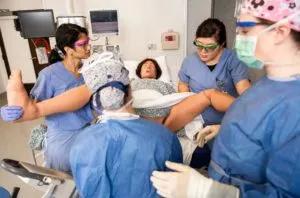
Residents participate in delivery simulation with a mannequin while a professor controls its respiration and heart rates, blood pressure, speed of delivery and vocal cues.
These scenarios are time- and labor-intensive. After defining our learning objectives, we develop the patient presentation, write a script for what will happen based on the learner’s actions, and work with education specialists in Cleveland Clinic’s Simulation and Advanced Skills Center to ensure the materials we need will be available.
For learners, there are frequently four steps in simulated learning:
Advertisement
Simulation can be an exciting, affordable, standardized and effective way to educate caregivers in obstetrics and gynecology while promoting patient safety through communication and teamwork. With a wide range of teaching modalities, every interaction and procedure a learner might undertake with a patient could be simulated in some fashion, whether in a lab or with a standardized patient.
About the authors: Erin Higgins, MD, is part of the Core Faculty of Cleveland Clinic’s Simulation & Advanced Skills Center. Cara King, DO, is Director of Benign Gynecologic Surgery and Associate Program Director of the Ob/Gyn & Women’s Health Institute’s Minimally Invasive Gynecologic Surgery Fellowship. Vicki Reed, MD, is Ob/Gyn Residency Program Director.
Advertisement
Advertisement
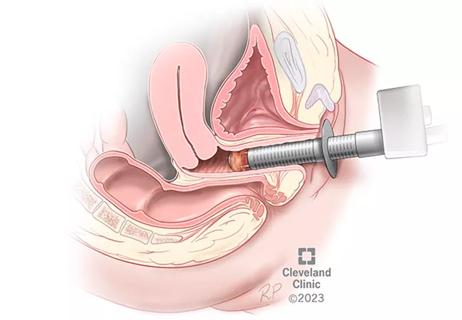
Treatment being offered in cases where medical and hormonal management was not successful
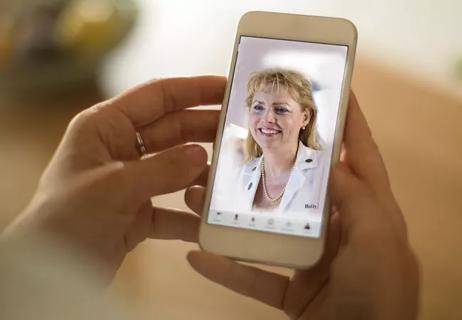
High physician/patient convenience and satisfaction cited
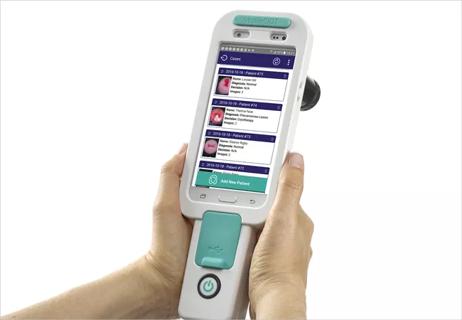
Automated visual evaluation of the cervix
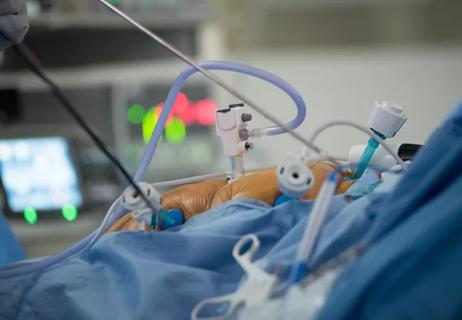
Don’t miss this educational opportunity
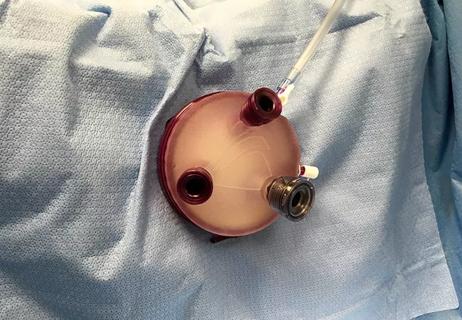
The next evolution in MIS is coming sooner than you think

Key step in nation’s first clinical trial of transplant for uterine infertility
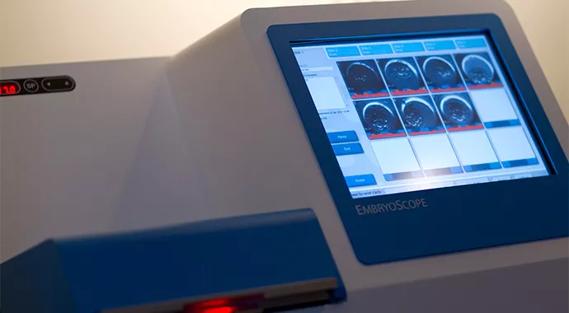
Imaging aids selection of embryos for uterine transfer

ACOG-informed guidance considers mothers and babies